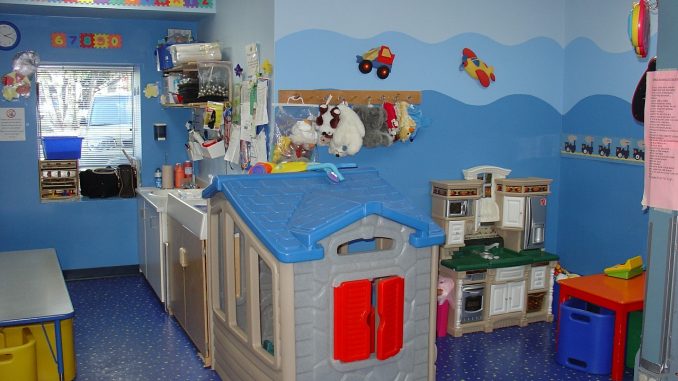
Preparing for your Ofsted Registration Inspection
This guide will give you an idea of the things you need to do and consider, in your quest to become a childminder. This is by no means a comprehensive list, but aims to help you organize things better.
After you have read up about childminding and decided that it’s for you, then you need to contact your local council – all councils operate differently, so it is best to get familiar with the rules that will apply to you. To do this, contact your Childcare and Early Years Advisor for support and advice.
They will arrange a meeting with you to discuss why you want to become a childminder and how they can support you.
You will also need to be Ofsted registered before you can accept any children, and this can take around 26 weeks.
Please be aware: It is illegal to take deposits or care for children as a registered childminder if you have not completed registration and have not been accepted as a registered childminder, even if you are going through the pre-registration process. Breaking this rule can incur a fine, a prison sentence or both.
As part of your Ofsted registration you will need to undergo some training and also pass an initial Ofsted inspection.
You will need to do the following before your meeting with Ofsted:
- Complete a local authority approved training course which will help you understand the EYFS and how to implement this as a childminder at your setting. Some authorities also require you to sit an English and Maths test before taking this pre-registration course.
- Undertake an approved Paediatric First Aid Course
- Undertake a Medical/ Health check from your doctor
- Apply for a DBS check for yourself (and other members of family living with you over the age of 16)
- Contact local fire authority to arrange inspection of your home
- Comply with local planning department, to avoid neighbours objecting to you running a business for example in a residential area.
Prepare for your Ofsted inspection
In preparation for your initial Ofsted inspection you should have the following documents in place:
- Training certificate
- First Aid Certificate
- DBS check
- Medical check report
- Fire inspection certificate
- Planning approval if necessary
- Initial inspection SEF (Self-evaluation Form) which you fill in yourself to get you ready and focused
- You will need to think about which parts of your house will be used for childminding and which will not. You will also need to investigate additional insurance for these areas.
- You can then prepare your home for the Ofsted visit, as it will be assessed for suitability.
Although you do not need to buy any specific equipment at this point, it is a good idea to make up a list of things you are considering to buy to make your home compliant to show the inspector.
However, although not necessary, you may also want to carry out essential works to your home if there are obvious improvements that need to be made for example, broken latch on front gate, overgrown garden and so on.
Do not expect the inspectors to imagine what your home will look like once improvements have been made. Obvious and necessary work should be carried out before an inspection to give yourself the best chance, as risk assessments are a large part of childminding.

Be the first to comment